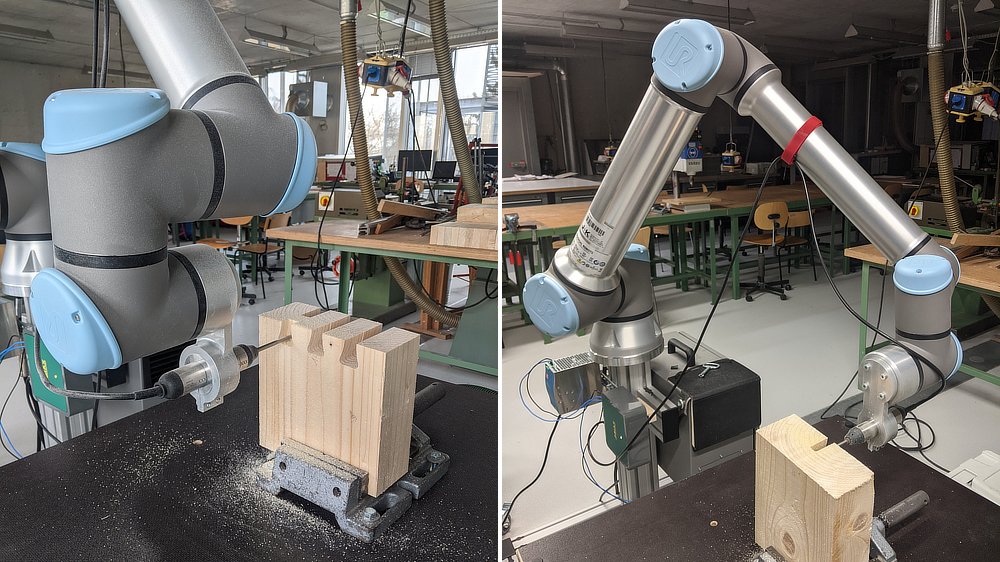Waste-Wood Pavilion

https://vimeo.com/721534244
Click the Play button to load and view external content from Vimeo.com.
Automatically load and view external content from Vimeo.com (You can change this setting at any time via our »Data protection policy«.)
Project information
submitted by
Dominik Reisach
Mentors
Prof. Dr.-Ing. Sven Schneider, Prof. Dr. Jan Willmann, Vertr.-Prof. Dr.-Ing. Stephan Schütz
Faculty:
Architecture and Urbanism,
Art and Design
Degree programme:
Architecture (Master of Science (M.Sc.))
Type of project presentation
Final project
Semester
Summer semester 2022
- Freifläche 4 / outside 4 (Hof HG)
- Freifläche 4 / outside 4 (Hof HG)
Links
https://github.com/DominikReisac...
Contributors:
Experimentelle Werkstätten Architektur (Ringo Gunkel, Christian Hanke), Holzwerkstatt Kunst und Gestaltung (Matthias Henkelmann)
Project description
This master's thesis presents methods for upcycling and designing low-engineered free-form timber structures with offcuts—a waste material from structural timber production. In particular, the focus is on the development of a complete design-to-fabrication workflow that includes the measuring and assembly of offcuts, thus closing the digital chain. The process is streamlined to minimize material waste and facilitate the dis- and reassembly of offcut structures. For this purpose, this research developed appropriate tools for an architectural design process with upcylced timber, including computational design methods to align offcuts, compute wood joints, and thus address design-specific parameters. The resulting information is used in integrated data workflows to generate and process fabrication-relevant data.
The relevance of this work is demonstrated through the design, robotic fabrication, and collaborative assembly of a 1:1 pavilion. It proves that the integrated design-to-fabrication workflow is feasible to construct low-engineered free-form timber structures with offcuts, and, particularly, that these structures are both statically and aesthetically viable. In addition, the material-aware design tool is able to minimize fabrication waste and to conceive structures that follow the principle of design-for-disassembly—further contributing to the sustainability of the concept.
Email: dominik.reisach[at]uni-weimar.de
Videos

https://vimeo.com/721534244
Click the Play button to load and view external content from Vimeo.com.
Automatically load and view external content from Vimeo.com (You can change this setting at any time via our »Data protection policy«.)

https://vimeo.com/722130295
Click the Play button to load and view external content from Vimeo.com.
Automatically load and view external content from Vimeo.com (You can change this setting at any time via our »Data protection policy«.)

https://vimeo.com/722131520
Click the Play button to load and view external content from Vimeo.com.
Automatically load and view external content from Vimeo.com (You can change this setting at any time via our »Data protection policy«.)







